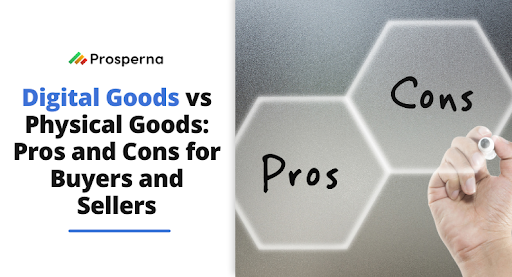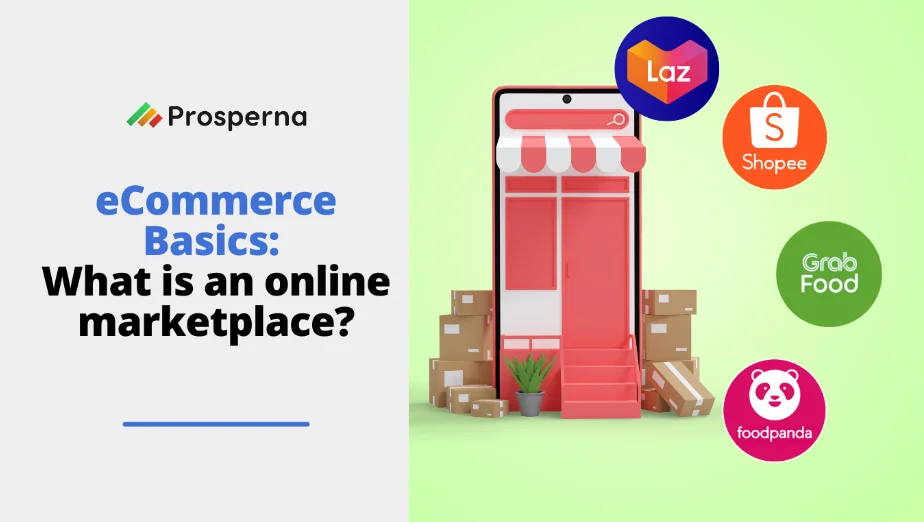With the advent of technology, consumers now have access to a vast array of products, both physical and digital goods. But what exactly distinguishes these two types of goods?
Physical goods encompass tangible products that can be seen, touched, and physically possessed. They range from everyday items like clothing, appliances, and furniture to more substantial assets like vehicles or real estate.
On the other hand, digital goods refer to intangible assets that are delivered or accessed electronically, such as software, e-books, music, or online courses. These goods exist purely in the digital realm and can be delivered instantly through various digital platforms.
In this blog post, we will delve into the pros and cons of both digital goods and physical goods, exploring the perspectives of both buyers and sellers.
Pros and Cons of Digital Goods
When it comes to the Philippines, understanding the landscape of physical and digital goods is essential. According to recent statistics, the eCommerce industry in the country has experienced rapid growth, with online transactions reaching $17 billion in 2021, reflecting the increasing popularity of digital goods.
On the other hand, traditional retail continues to play a significant role, with physical goods remaining a crucial part of the Filipino consumer experience.
So if you want to get started on your eCommerce business and are not sure whether to start with physical or digital goods, here’s a quick overview of their pros and cons.
| Pros of Digital Goods for Buyers | Cons of Digital Goods for Buyers | Pros of Physical Goods for Buyers | Cons of Physical Goods for Buyers | |
| Convenience | Instant access and delivery | Lack of tangibility | Tangibility and sensory experience | Cost and shipping |
| Portability | Easy access on multiple devices | Dependency on technology | Ownership and resale value | Storage and space |
| Cost Savings | No physical inventory and lower production and distribution costs | Security and copyright concerns | Immediate gratification | Requires inventory |
| Customizability | Personalization options | Limited resale value | Accessibility | Limited customization |
| Eco-Friendly | Conservation of resources | Potential compatibility issues | Collectibility and memorabilia | Lack of portability |
It’s important to note that these individual preferences and circumstances may also influence the perceived advantages and disadvantages of digital and physical goods.
Final Thoughts
Business owners must carefully weigh the advantages and disadvantages of physical and digital goods. Physical goods offer a tangible and authentic experience but come with higher costs and environmental considerations. Digital goods provide convenience and cost savings but require attention to licensing and cybersecurity. Business owners should find a balance that aligns with their goals, target audience, and industry dynamics to optimize customer satisfaction and business success in the digital era.
Prosperna, Your Partner to eCommerce Success
Prosperna is an all-in-one eCommerce platform for Philippine businesses and digital creators. We are on a mission to empower 1 million Filipinos with simple and affordable eCommerce solutions.
In fact, we are super passionate about helping Philippine businesses and digital creators we’re giving you a free account forever!
Want to start selling online? Create your free-forever Prosperna account now.




